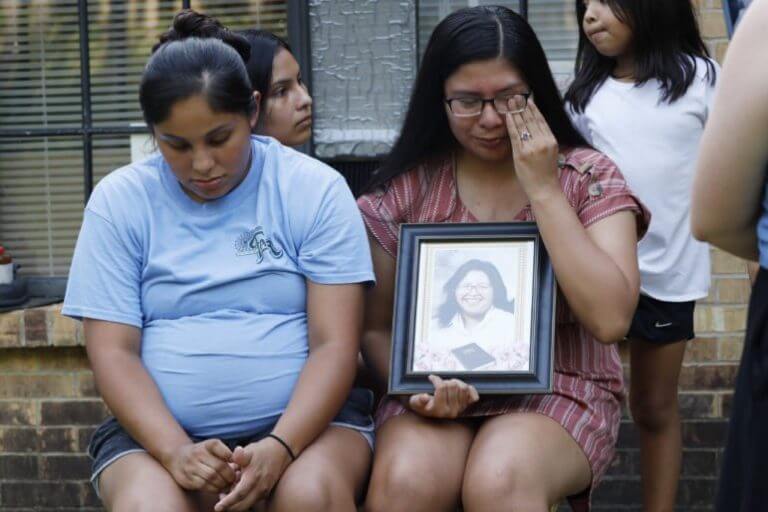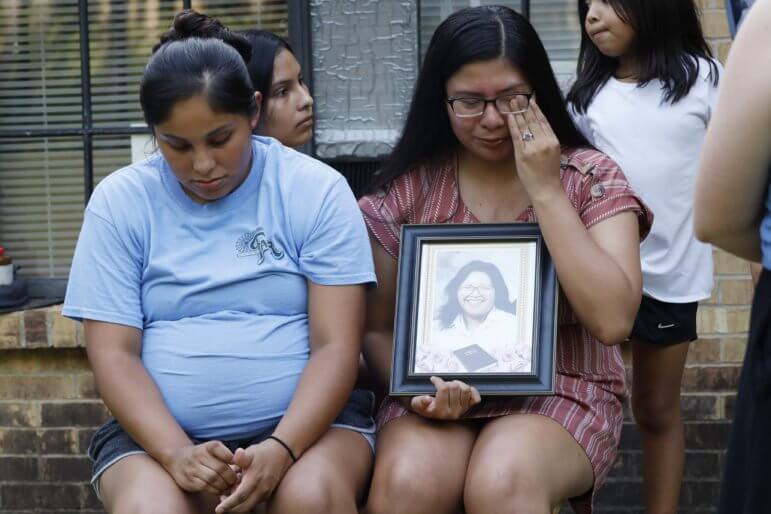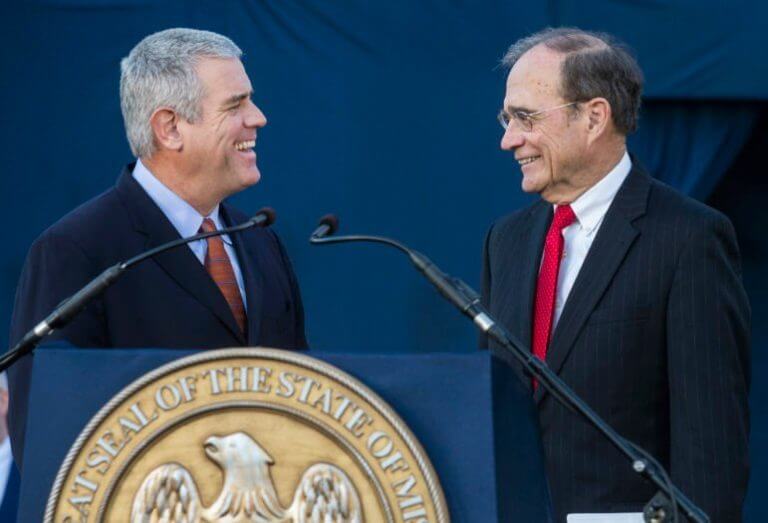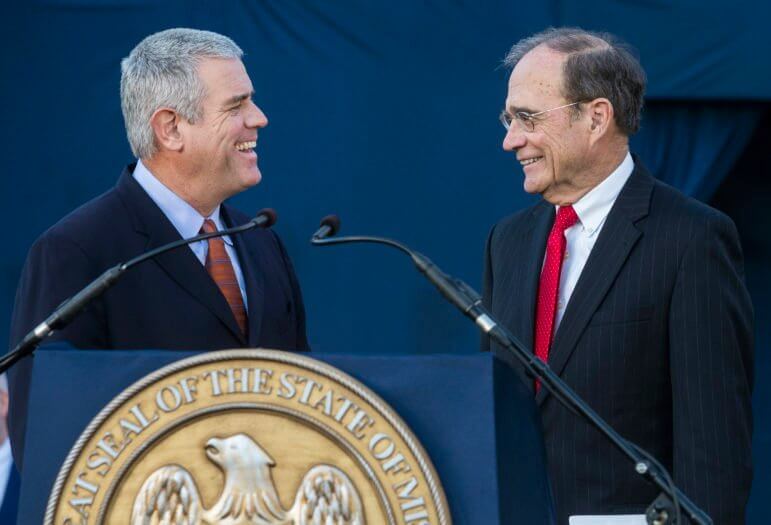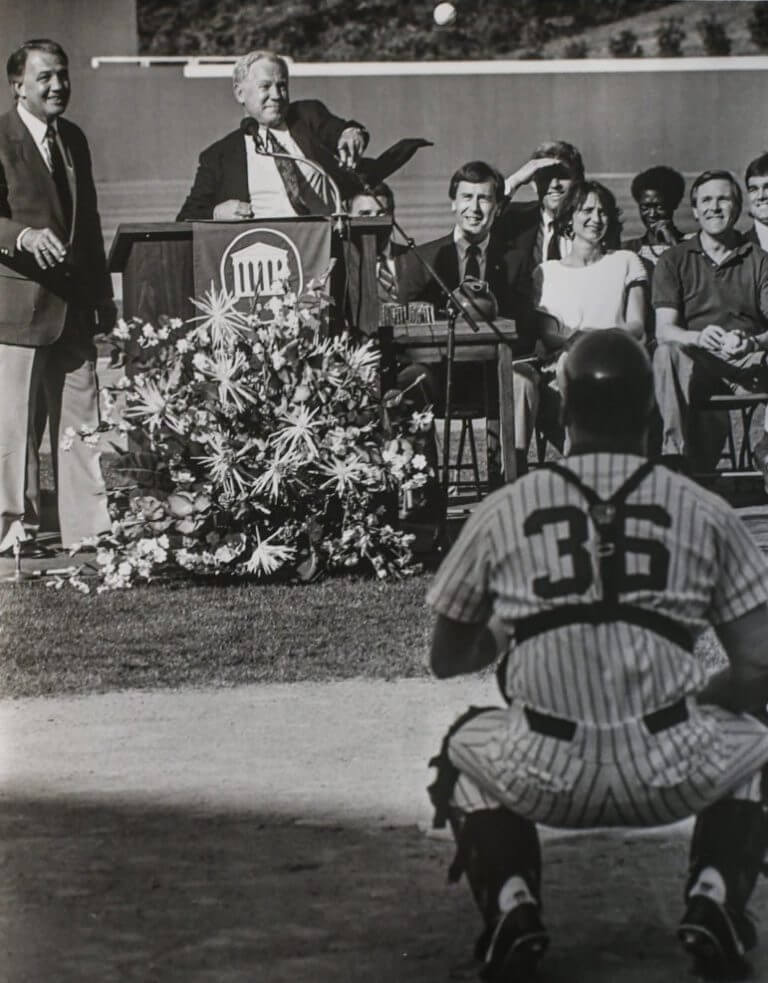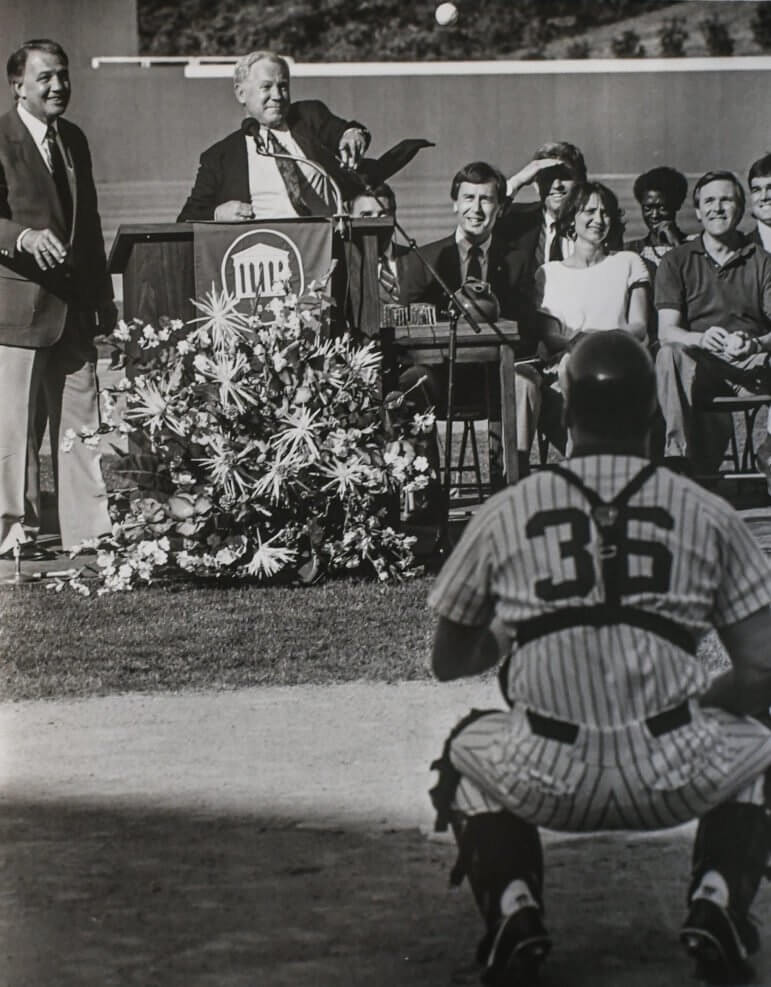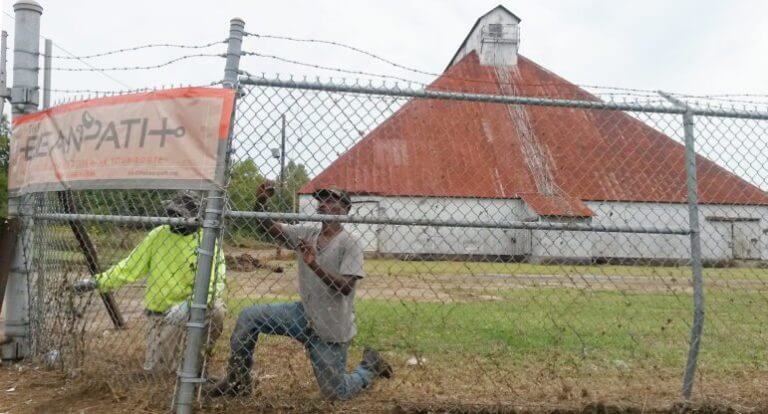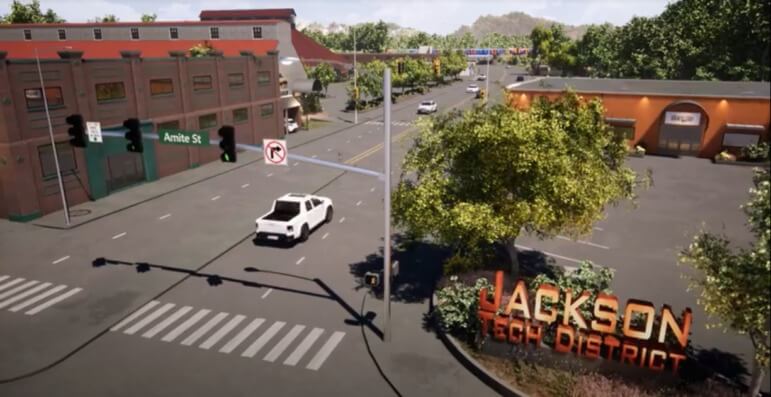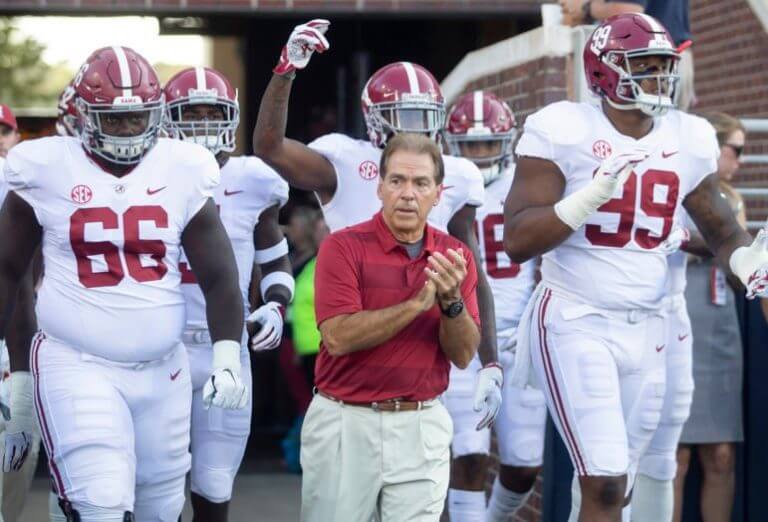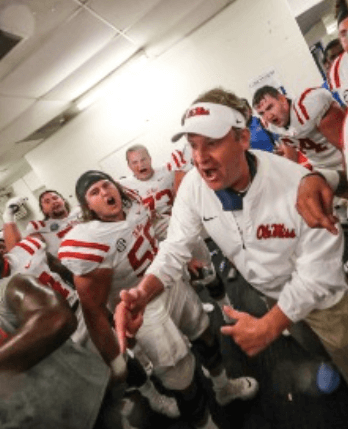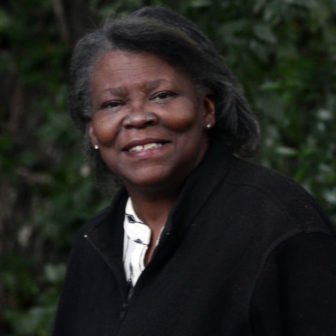
Kenny Griffis and Latrice Westbrooks are running for a Mississippi Supreme Court seat on Nov. 3.
Challenger Latrice Westbrooks says she would bring needed diversity to a Mississippi Supreme Court that has been dominated throughout its history by white men.
Incumbent Kenny Griffis said voters should consider only experience and “judicial philosophy” on Nov. 3 and not race or gender.
The two judges, both with lengthy appellate court experience, participated in an online forum hosted by the Stennis Institute of Government and the Capitol Press Corps on Monday, outlining their experience and qualifications in what is considered a very competitive race for the District 1, Place 1 high court seat for central Mississippi.
The district of about 1 million people is nearly evenly divided by race, partisanship and urban/rural population.
“Throughout Mississippi’s 200 year history, of 137 Supreme Court justices, only four have been women,” Westbrooks said. “I believe we should have a court that reflects our population.”
Only one woman currently serves on the nine-member Mississippi Supreme Court, despite women making up more than 51% of the state’s population. And Westbrooks, if elected, would be the first African American woman to serve on the state’s high court, which currently has only one Black justice.
“I believe people should vote based on qualifications, experience and judicial philosophy,” said Griffis, who describes himself as a constitutional conservative. “That’s what Dr. King fought for … Nine people deciding cases based on what the law is … Not race or gender, but who best represents the people of the state of Mississippi.”
Westbrooks, of Lexington, was elected to the Mississippi Court of Appeals in 2016. She previously served as an assistant district attorney for Harrison, Hancock and Stone counties — the first African American woman to serve there as assistant DA. Westbrooks served as prosecutor for the city of Durant and as city attorney for Isola. She served as a public defender in Holmes County for nearly 10 years and has served as legal counsel for the Jackson Police Department and as a municipal judge for the city of Lexington.
Griffis, of Ridgeland, was appointed to the Supreme Court by then-Gov. Phil Bryant to fill out the term Chief Justice Bill Waller Jr., who left the bench at the end of January 2019. Griffis was a Mississippi Court of Appeals judge from 2003 until his appointment to the Supreme Court and was serving as chief judge of the appellate court at the time of his appointment. He also previously worked as a certified public accountant.
Both candidates have decades of experience practicing law.
Although Mississippi Supreme Court races are nonpartisan, Griffis has been endorsed by the state Republican Party, and Westbrooks has the support of numerous Democratic state leaders and groups.
Griffis said that the state’s high court, which oversees the Administrative Office of the Courts, should help update and change many court rules and procedures, including making sure judicial elections “comport with the First Amendment” when it comes to judges being allowed to express their partisan affiliation.
“I get asked all the time, are you a Republican or Democrat, and we as candidates can’t respond, and that puts us in an uncomfortable position,” Griffis said.
Griffis said he would push for updating court procedures including more public access to court data and records, more cameras and livestreaming of court proceedings statewide and to “tighten the rules” on judicial ethics, campaign contributions for judges and monitoring how lower courts are keeping up with their dockets.
Westbrooks said she brings a needed diversity of experience, working as a prosecutor, dealing with victims and law enforcement, as a public defender and on the “front lines” of the state’s justice system.
“I will bring a diversity of experience that will serve real, everyday Mississippians,” Westbrooks said.
Westbrooks said the state’s spartan and underfunded public defender system needs to be improved, and should be “on par” with the District Attorney system in terms of resources for defendants such as expert witnesses.
Westbrooks said, “We still have disparities in sentencing across the state.”
The central Mississippi district covers the counties of Bolivar, Claiborne, Copiah, Hinds, Holmes, Humphreys, Issaquena, Jefferson, Kemper, Lauderdale, Leake, Madison, Neshoba, Newton, Noxubee, Rankin, Scott, Sharkey, Sunflower, Warren, Washington, and Yazoo.
The post Griffis, Westbrooks tout qualifications ahead of Mississippi Supreme Court election appeared first on Mississippi Today.

